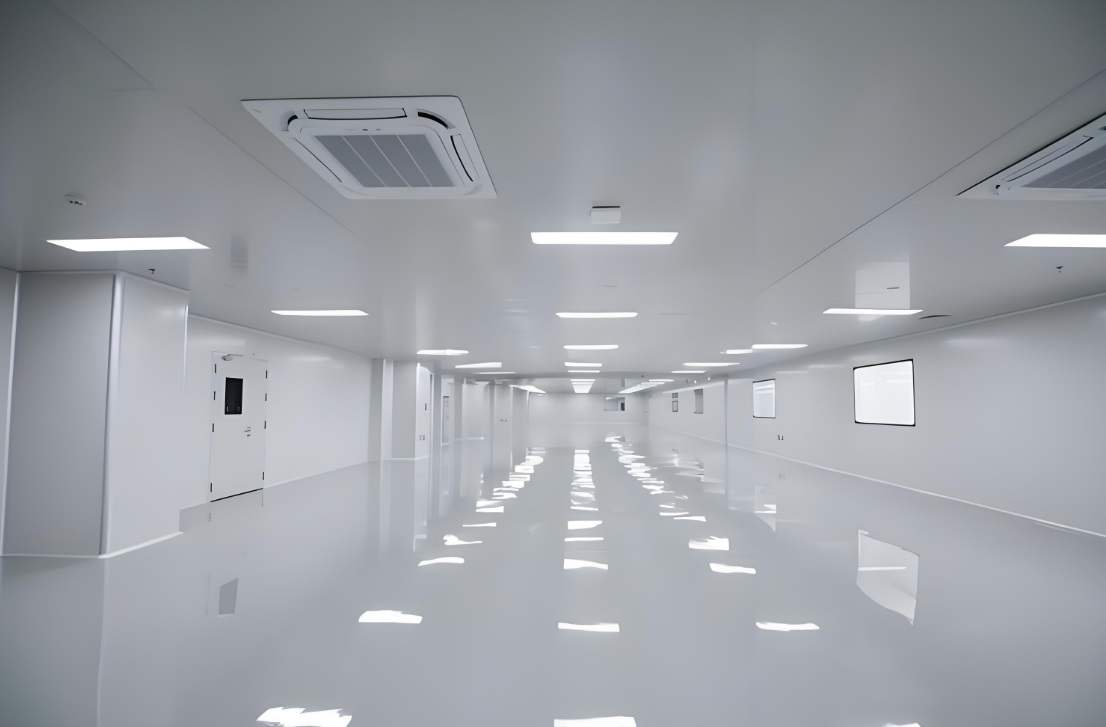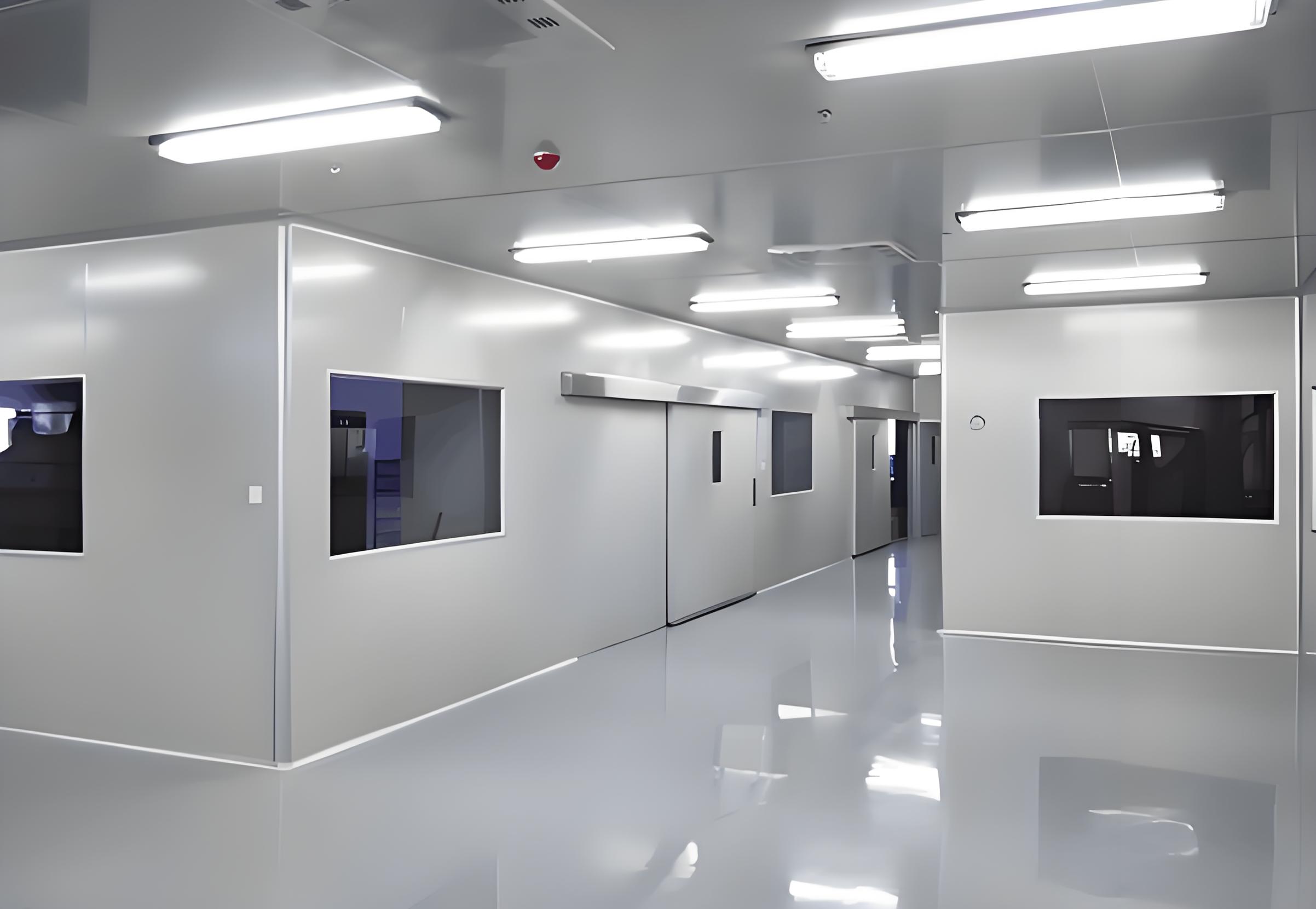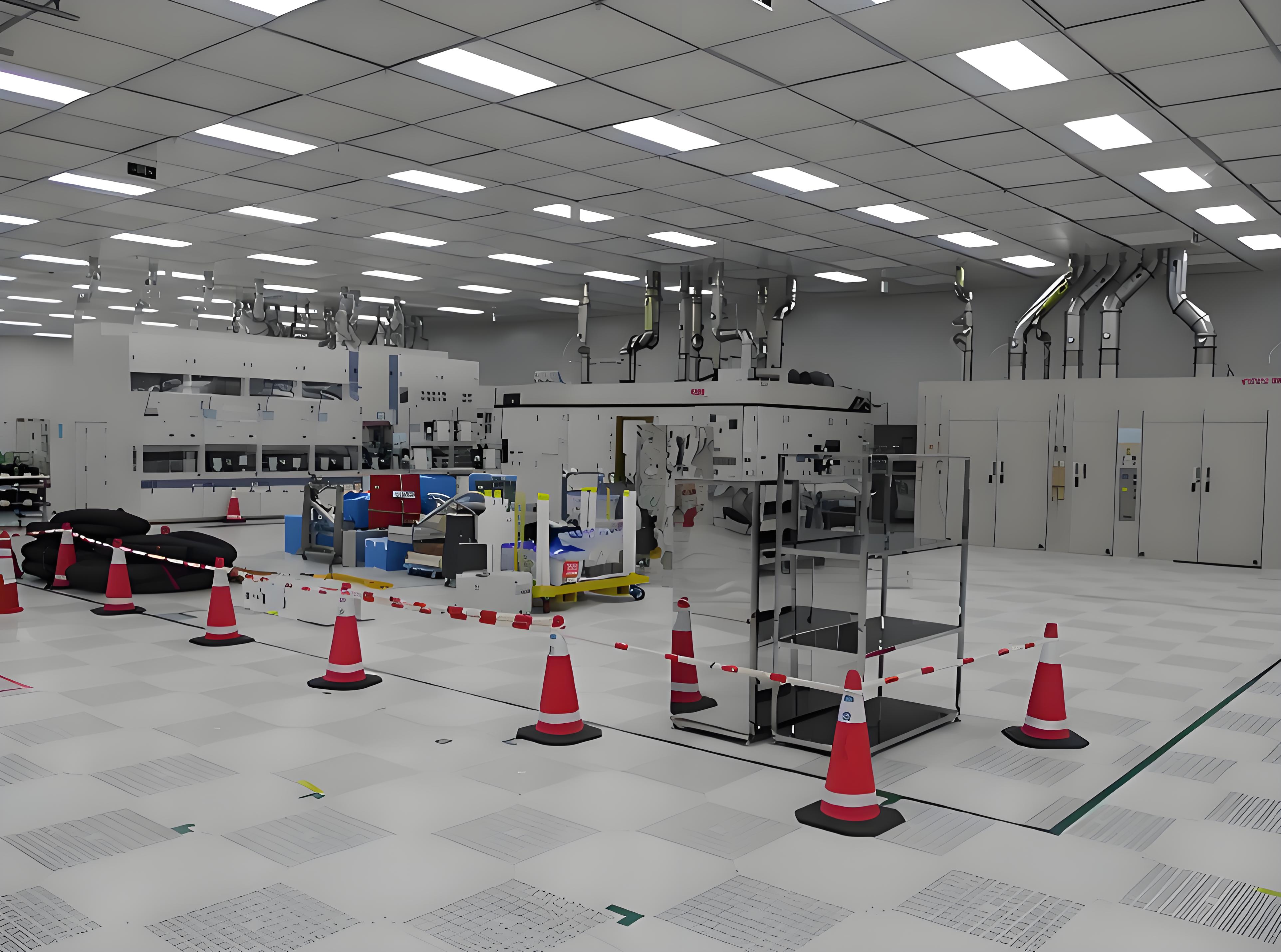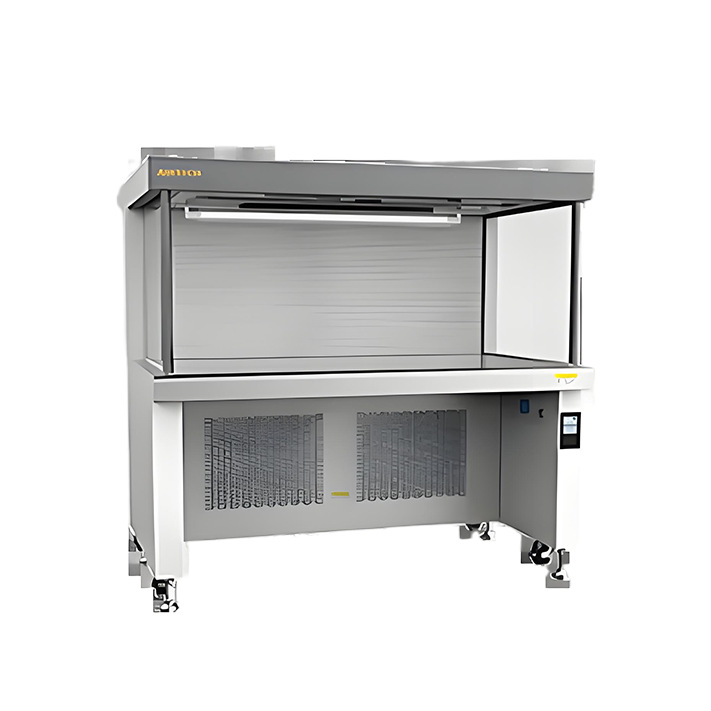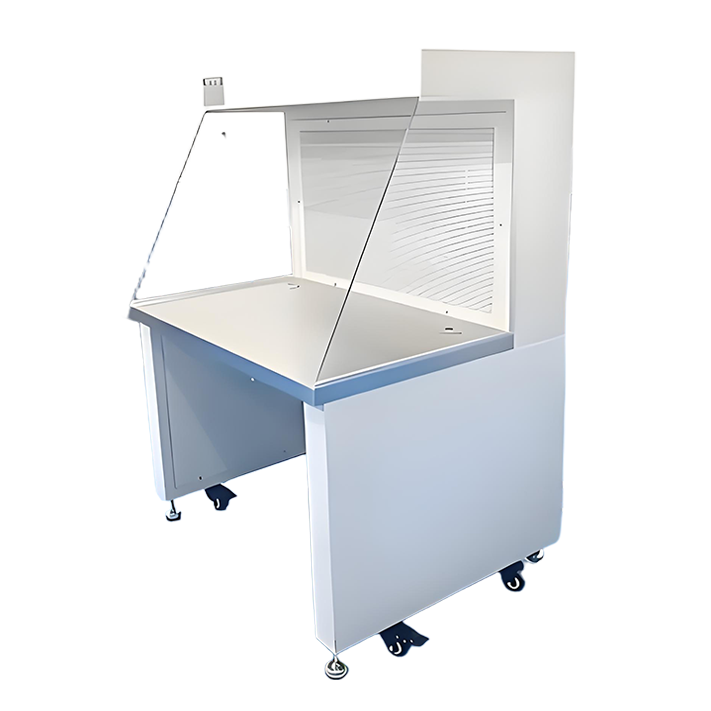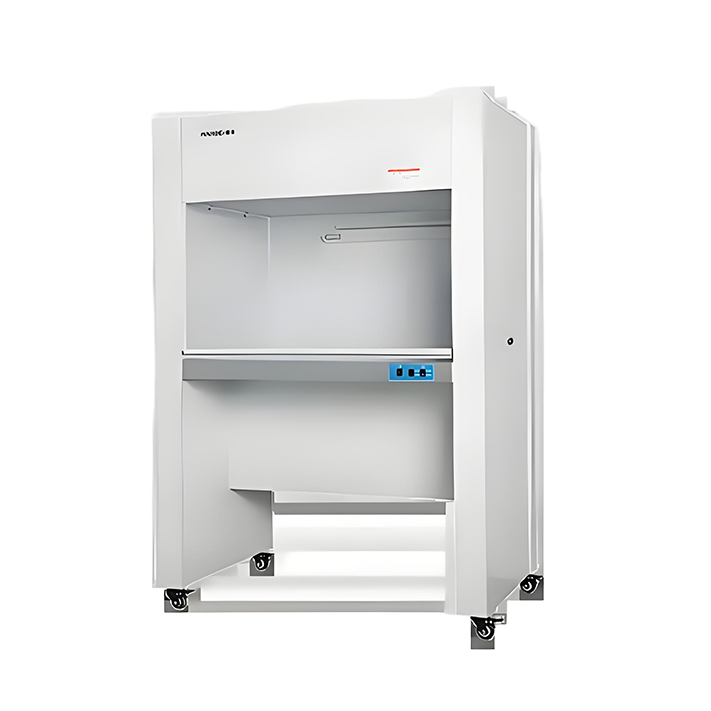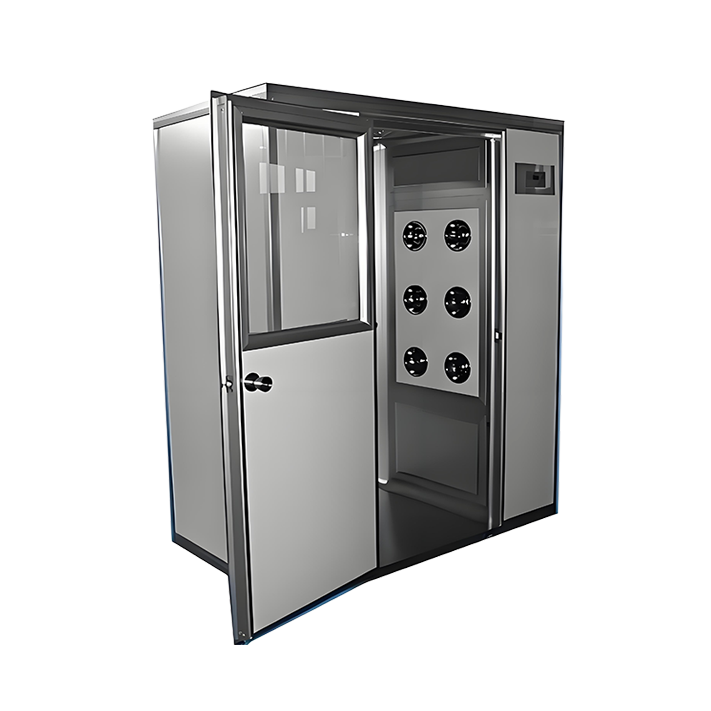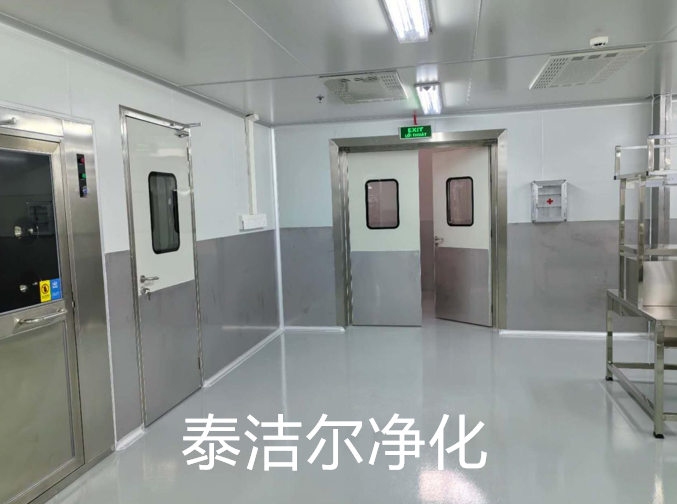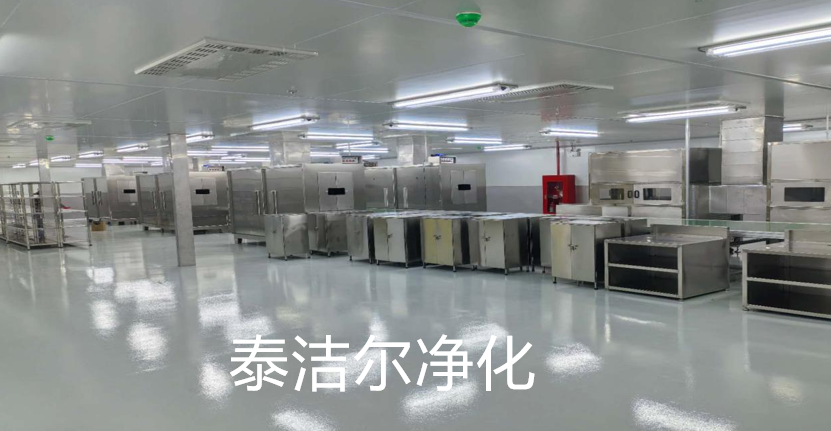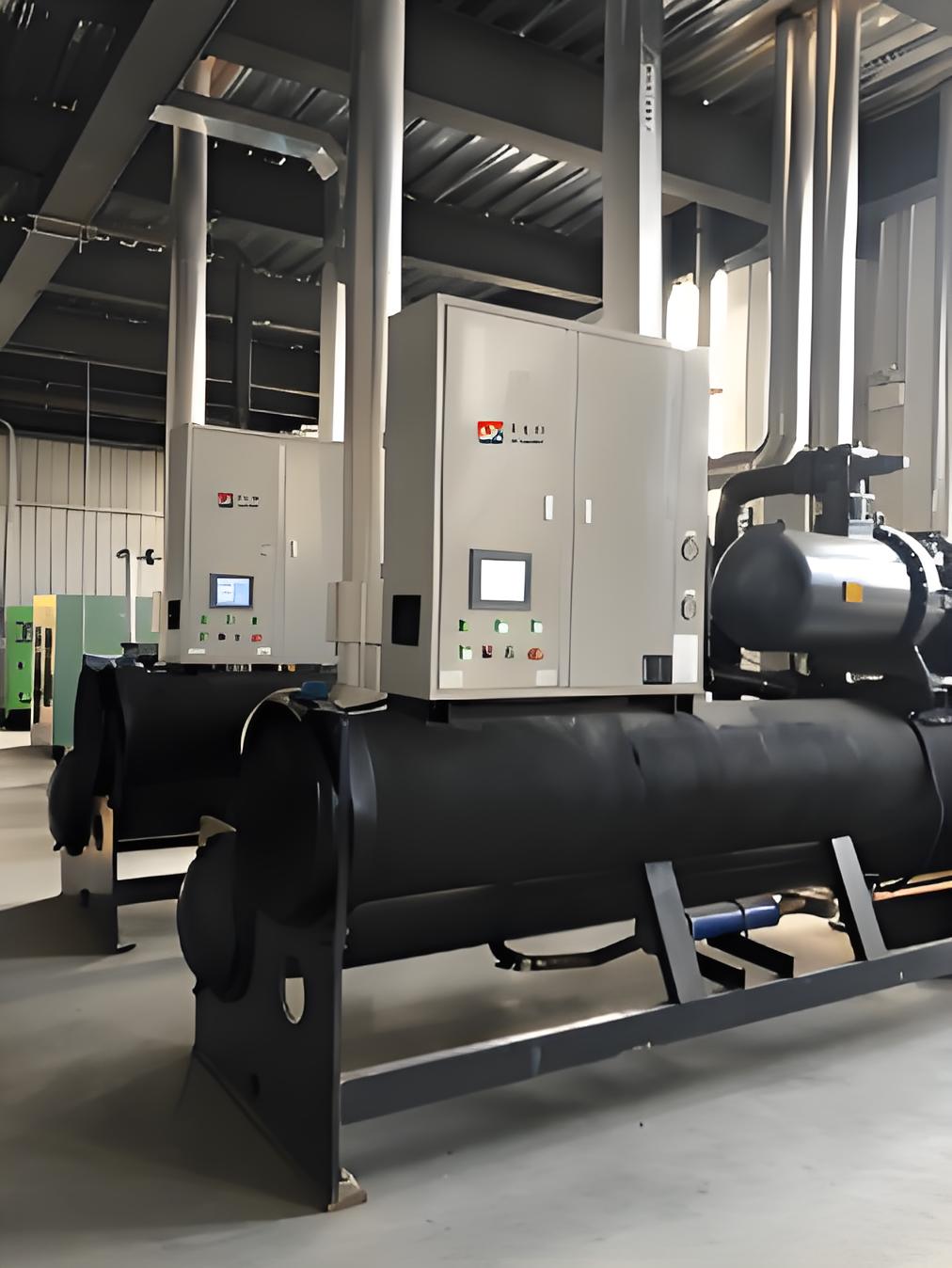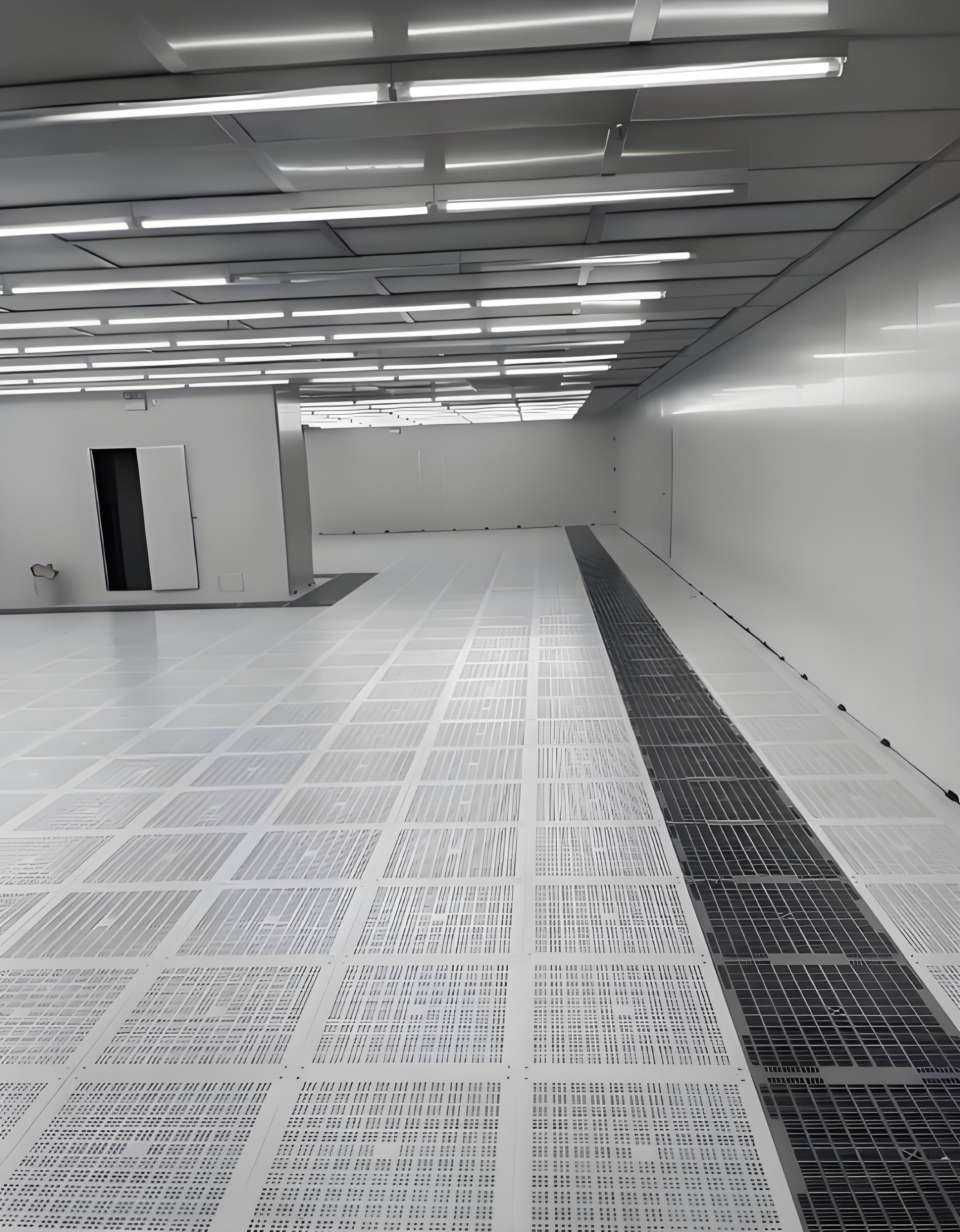The refining process has its unique characteristics, with the first notable feature being its high cost. As semiconductor processes advance, the quality requirements for factories become increasingly stringent, and the basic dimensions also grow larger. When designing a clean refining process, it is essential to first understand the purpose of the clean process, the usage scenarios, and the characteristics of the production process. For example, the design may be for a clean refining process used in integrated circuit chip production. First, clarify the product specifications: integration level, shape dimensions, and production process features; requirements for the clean refining process: air cleanliness level, temperature control range, humidity, resistance to micro-vibrations, anti-static properties, and the need for high-purity materials. Next, understand the production process, equipment status, and the company's layout ideas. Then, the design team must collaborate with the company to define the functional areas of the clean factory, determine the air cleanliness levels, and set control parameters such as temperature, relative humidity, pressure differentials, micro-vibrations, material purity, and impurity levels for different production stages (rooms).
Shenzhen's refining process not only focuses on transforming external air conditions but also ensures the ability to maintain predefined performance characteristics such as air cleanliness, temperature, humidity, and pressure inside the room.
The primary function of Shenzhen's refining process is to control the air cleanliness level in areas with significant product exposure (e.g., semiconductor chips), as well as temperature and humidity, ensuring products are manufactured in an optimal air environment—known as a clean room. According to international standards, the cleanroom classification level is primarily determined by the number of particles larger than the classification standard per cubic meter of air. In other words, "clean" does not mean 100% particle-free but rather controlled within extremely small units. Naturally, particles meeting the standard are usually microscopic. However, for optical structures, even minor particles can have a significant impact, making cleanliness a mandatory requirement in optical structure production.
